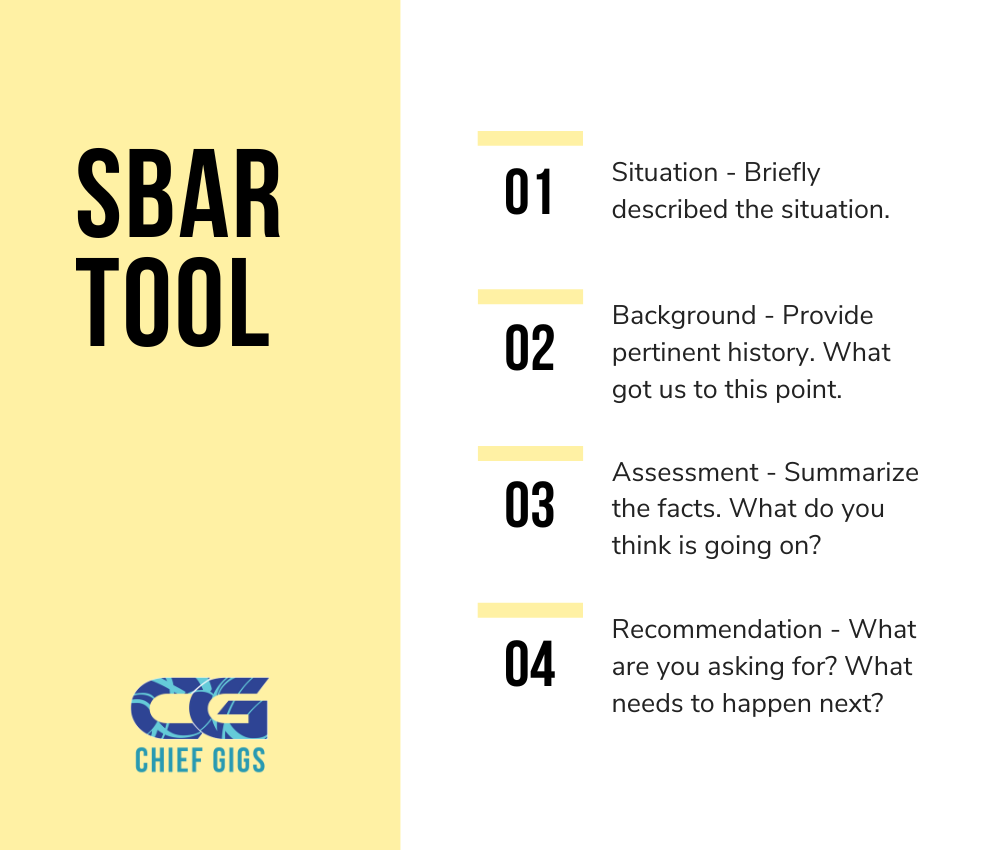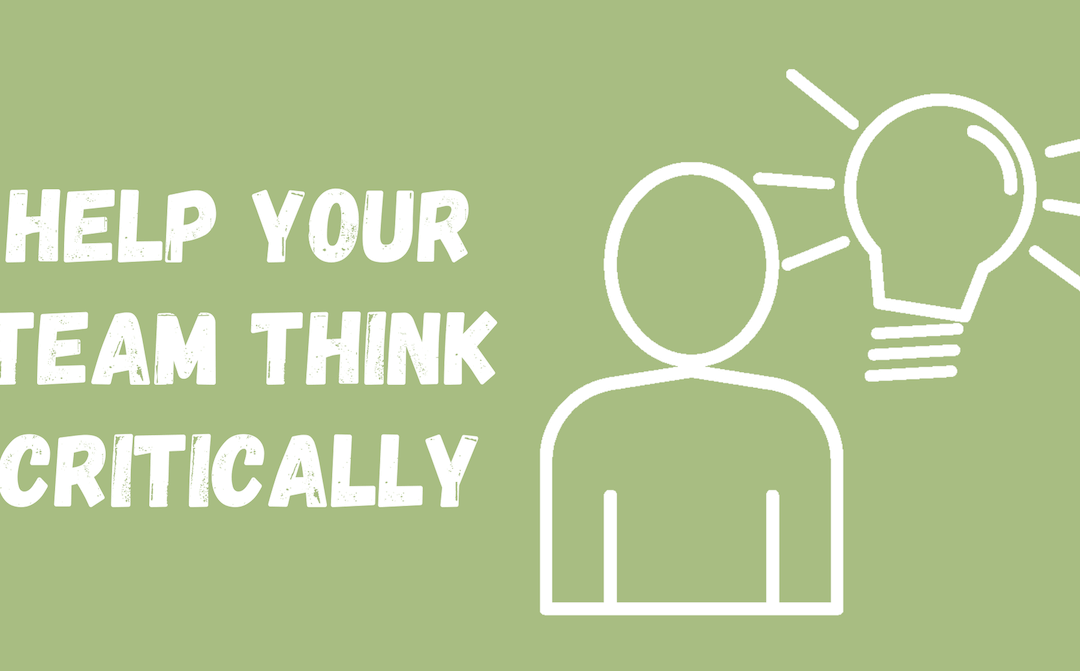Do your employees defer to you for all critical decisions? Do you want to help your team learn to think critically? If so, use this tool!
In the hectic world of business, we don’t often stop to think critically. It may be easier (and safer) to ask someone like a supervisor or colleague for the answer. When we do this (or answer questions for others), it deprives them of the opportunity to develop that skill.
Imagine a child comes to you for questions and you provide the answers each and every time.
At some point, the child realizes that they can outsource their decision-making and not be accountable for any poor decisions. Now, I know not every kid is like this. Many will make decisions on their own, but for those who are, they get to a point where decision-making becomes very uncomfortable, even as they grow into adulthood. I’ve seen this over and over again, in relatives, in employees, and even managers.
The SBAR communication model was initially developed and used during submarine duty handoff by the US Navy. In 2003, it was first piloted in the healthcare setting to improve nurse-to-doctor communications. The results of this change were tremendous. Not only did healthcare providers find the communication to be more precise, but the QUALITY of their work improved.
“Communication breakdown, collaboration failure, and inability to recognize the clinical deterioration of patients are the main reasons for the occurrence of serious events in the hospital setting. De Meester et al. conducted a study to determine the effect of the SBAR tool on the incidence of serious adverse events (SAEs) in hospital wards. This study showed an increase in unplanned ICU admission and a significant reduction in unexpected patient deaths following the introduction of SBAR (Table 1). This represents a shift in direction toward earlier detection, trigger, and response through better communication, likely due to SBAR tool.” https://rdcu.be/cts86
Numerous studies have found improvement in medication reconciliation upon both admission and discharge, reduction in adverse events, and overall patient satisfaction.
It has had such a tremendous impact on the clinical side of healthcare, that it has since been adopted in business. I first learned of its use outside of clinical operations from Cy Wakeman, of Reality-Based Leadership. Since then, I have been using it for both myself, as well as sharing it with clients.
SBAR Communication Tool

The tool is simple – there are 4 steps, but the key to success is to ensure that all parties understand the expectations around the use of the tool:
Introduction
- Have a workshop to discuss the tool (its origins and proposed use) as well as the goal behind the implementation
- Set expectations (in what settings should it be used)
- Provide attendees with examples of how it can be used appropriately
- Ask attendees to think of a current situation and practice with a partner
Ground Rules
This requires a great deal of diligence and patience on behalf of both sides due to the fact that questions can come in many forms:
- I just have a quick question…
- What do you think of this…
- Here’s the situation, (silence as they are expecting you to direct)
If you are a supervisor, ensure that you are mindful about redirecting back to the tool when you are presented with questions. It is important to discern when is not appropriate to use this as well.
Implementation & Practice
When you begin, you will fumble a few times. Your employees may get frustrated because you answer a question with a question. You may be tempted to just answer the question to save time (but it won’t in the long run!) Trust that there is light at the end of the tunnel – what works for high-intensity workplaces, like The Navy and hospitals, can work for you. Help the next generation of leaders develop the muscle so they can be elevated to perform at their highest level.

